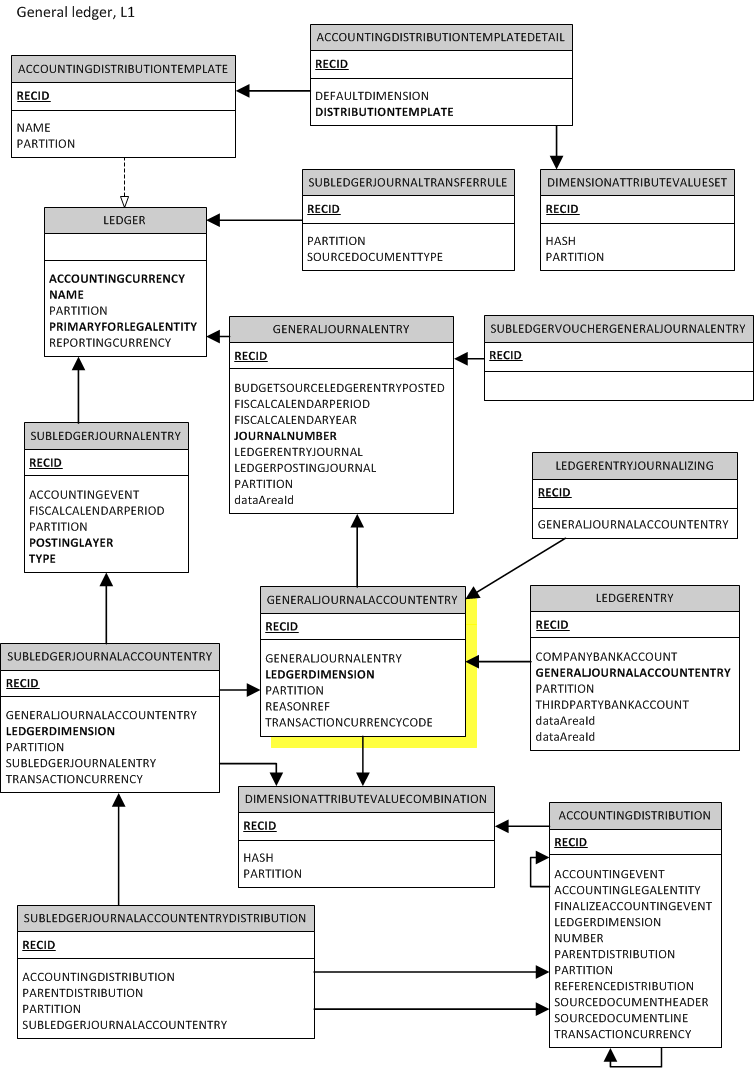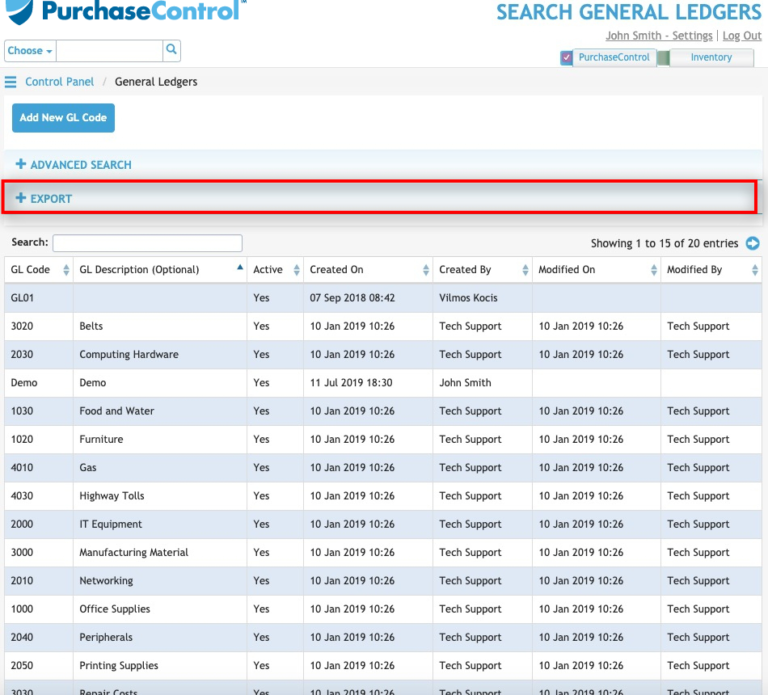

2 “ Low-carbon fun: Making RV manufacturing greener,” McKinsey, September 21, 2022. The market for RVs has grown steadily over the past few years and is now considered the single largest LCV segment in Europe, a trend that is expected to continue throughout the decade. The fastest-growing segments are RVs and passenger transport. Such upfitting often starts at about €4,000, although costs can reach or even exceed the value of the base vehicle. For example, e-grocery vehicles can incorporate refrigerated units, and recreational vehicles (RVs) and ambulances can be furnished with fully customized top hats. To do this, specialized upfitters can adjust and add different elements to a base vehicle, ranging from customized vehicle and body builds to telematics and fleet management and even to specialized financing, leasing, and data-enabled business models. None of these segments has reached 20 percent market share, which means incumbents have had to develop flexible platforms that can be tailored to the needs of end customers. Our market analysis shows ten core segments for LCVs in Europe, each with its own specific requirements (Exhibit 1). In turn, these requirements, as well as specific use cases or parity of the total cost of ownership (TCO), can influence consumers’ appetites for EV adoption. The intended use of an LCV therefore plays a much stronger role in dictating its EV-related requirements, such as battery size and range. growth in the recreational-van market, which largely leverages LCV platforms as base vehicles in EuropeĬompared with personal vehicles, LCVs have a much broader and more differentiated set of applications.continued growth in e-grocery, which is expected to keep growing after the COVID-19 boom with CAGR of approximately 7 percent until 2030 1 McKinsey analysis based on estimates from Euromonitor, Europanel, IGD, and McKinsey “COVID-19 to accelerate online grocery shopping beyond 2021,” Euromonitor International, April 30, 2020.increased emphasis on last-mile delivery, driven by continuous growth of e-commerce.Growth is expected to continue in the years to come with an average of more than 1 percent per annum, mainly driven by three trends: And if the pandemic had not negatively affected the market, the growth rate would have been more than 5 percent per annum during this period. Although the LCV market was affected by the global decrease in purchasing power during the COVID-19 pandemic, on a broad level, the market in Europe grew slowly but constantly at about 4 percent per annum from 2015 to 2021.

LCVs have enjoyed steady growth for almost a decade. This article provides a perspective on market segmentation and expected dynamics, EV adoption and expected growth rates, and lessons incumbents can learn from today’s new entrants. In this multifaceted environment, LCV incumbents need to target EV uptake in their portfolios to address customer needs and maintain market share. What’s more, start-ups and new market entrants are targeting specific segments with product and business-model disruptions, putting further pressure on established players. Given the diversity of LCV use cases and customer segments, the speed of electric power-train adoption is expected to vary across different types of LCVs. This article is a collaborative effort by Stefan Frank, Malte Hans, Bernd Heid, Sören Jautelat, and Patrick Schaufuss, representing views from McKinsey’s Industrials & Electronics Practice.


 0 kommentar(er)
0 kommentar(er)
